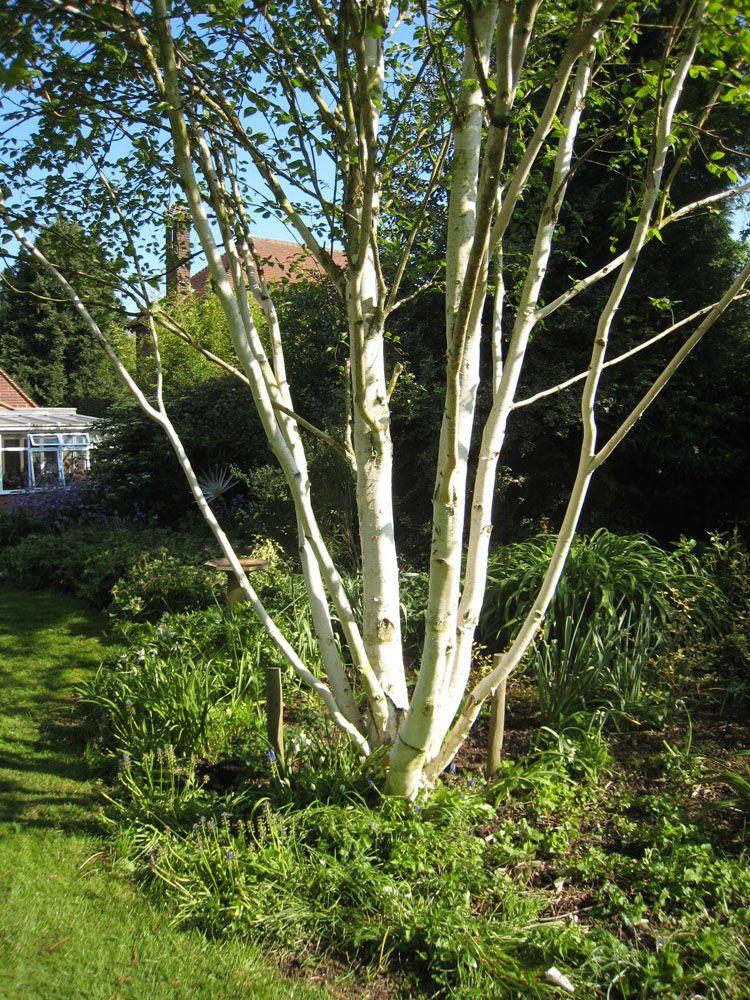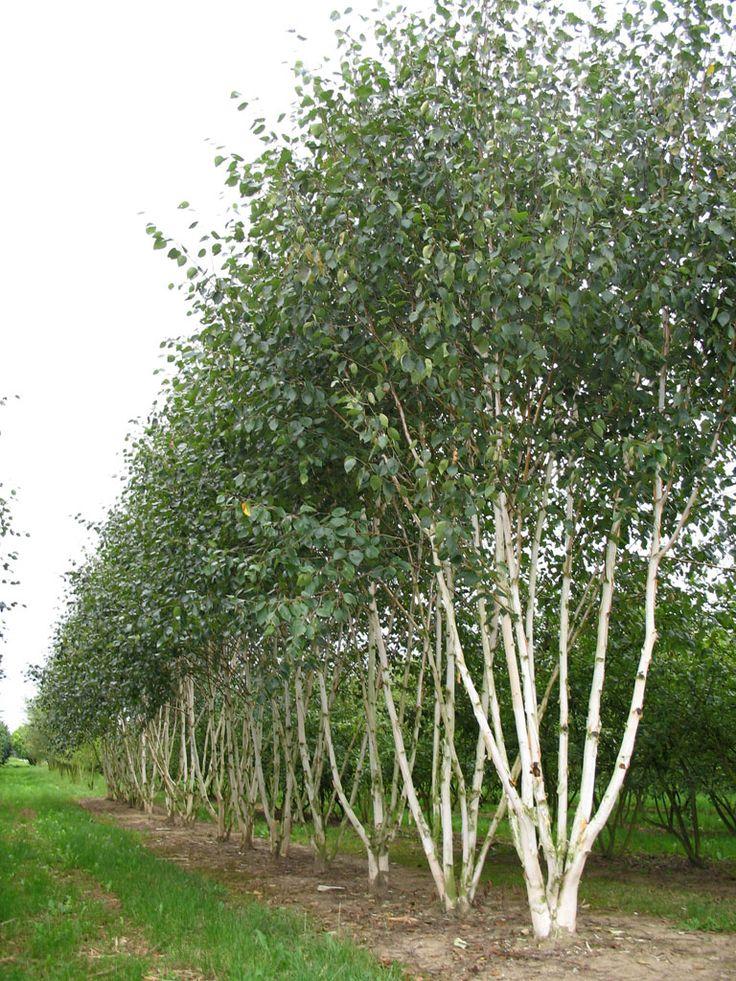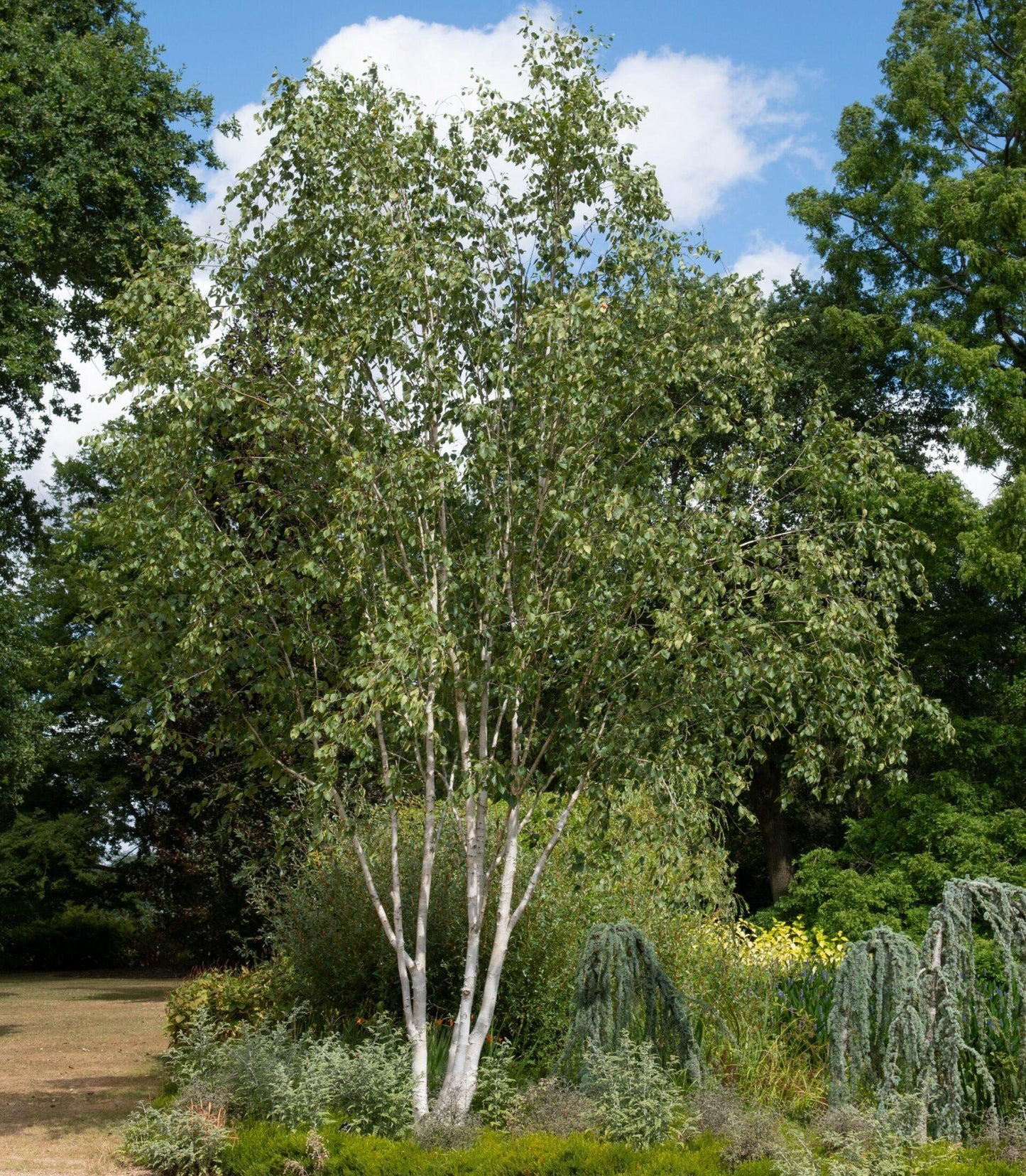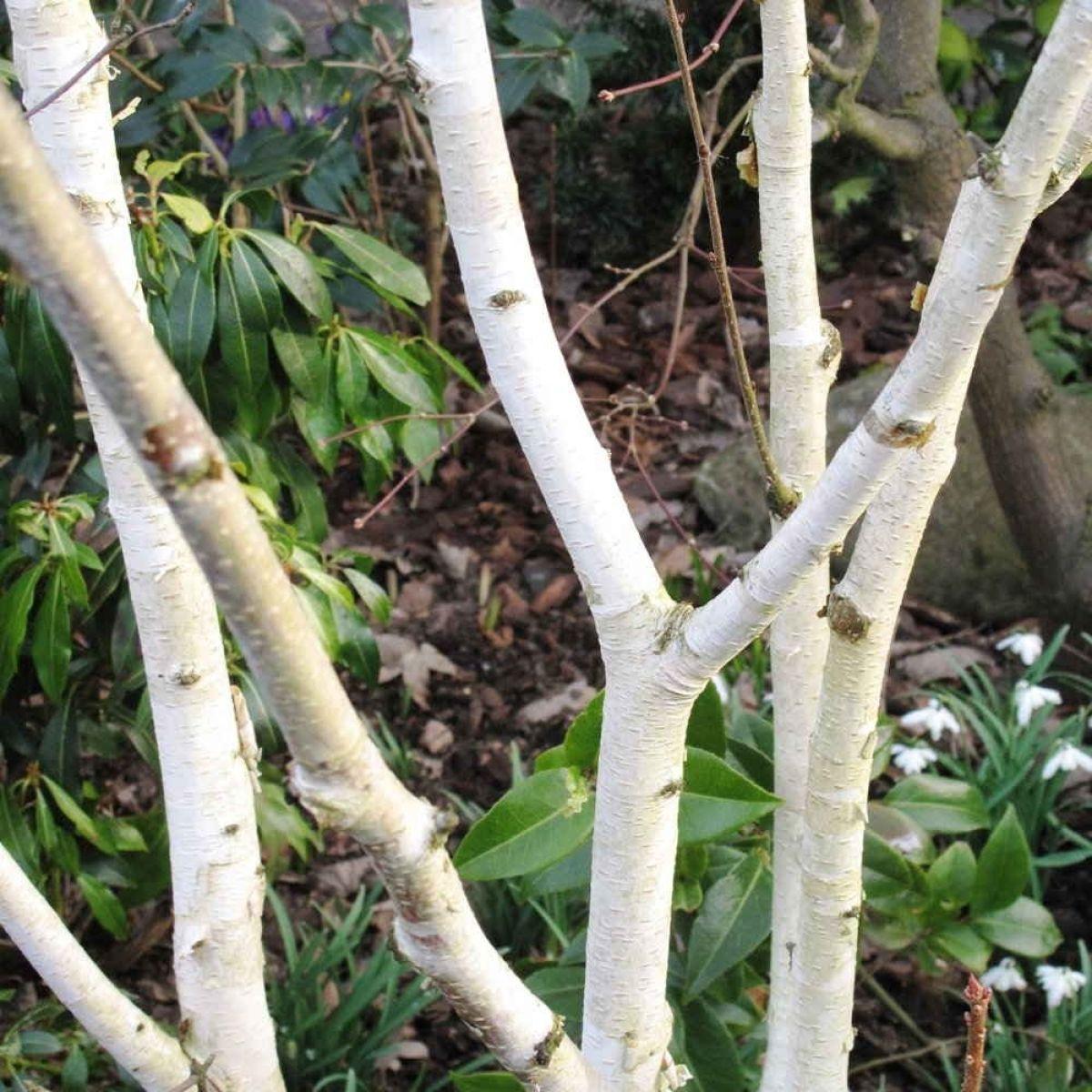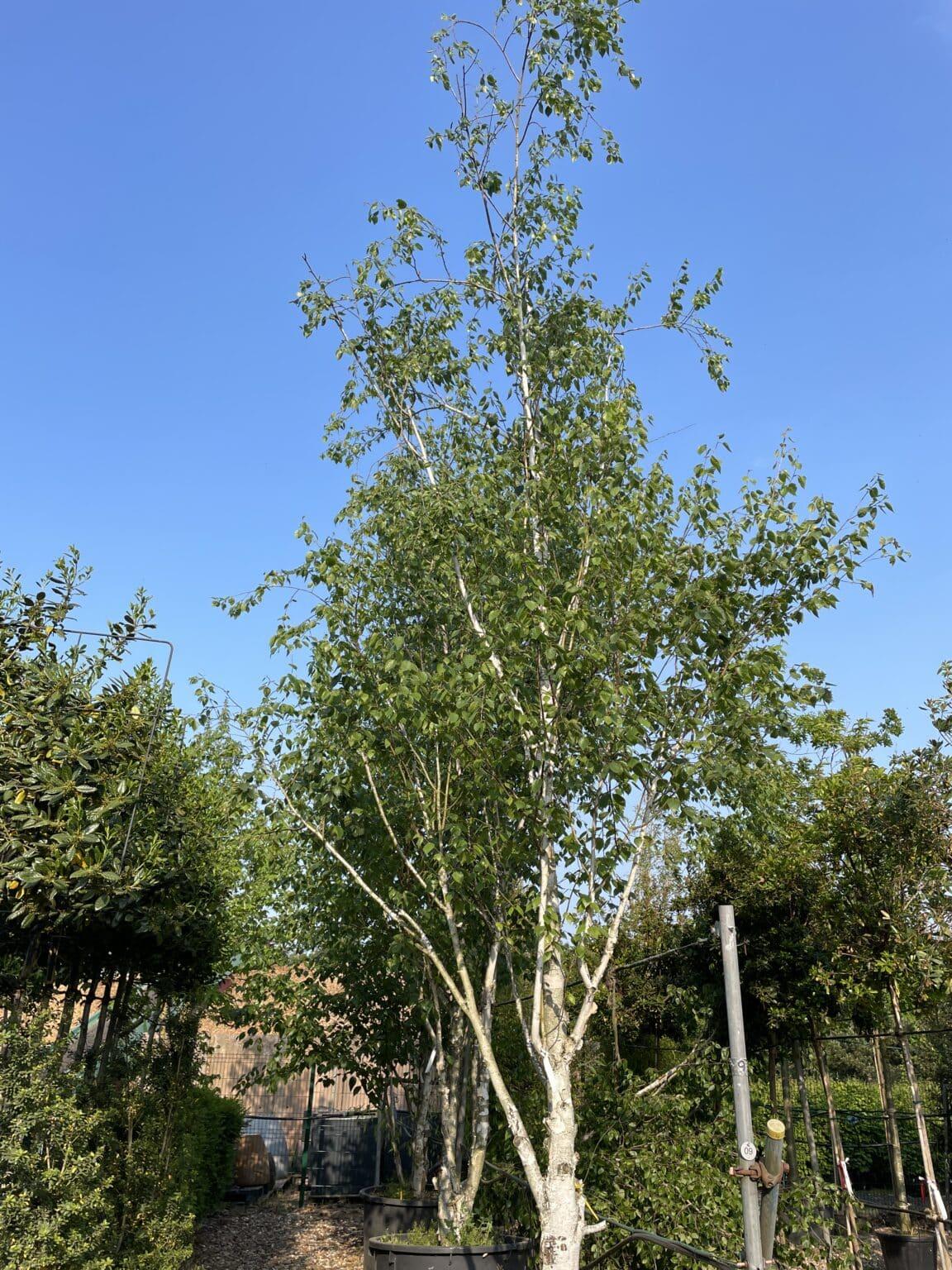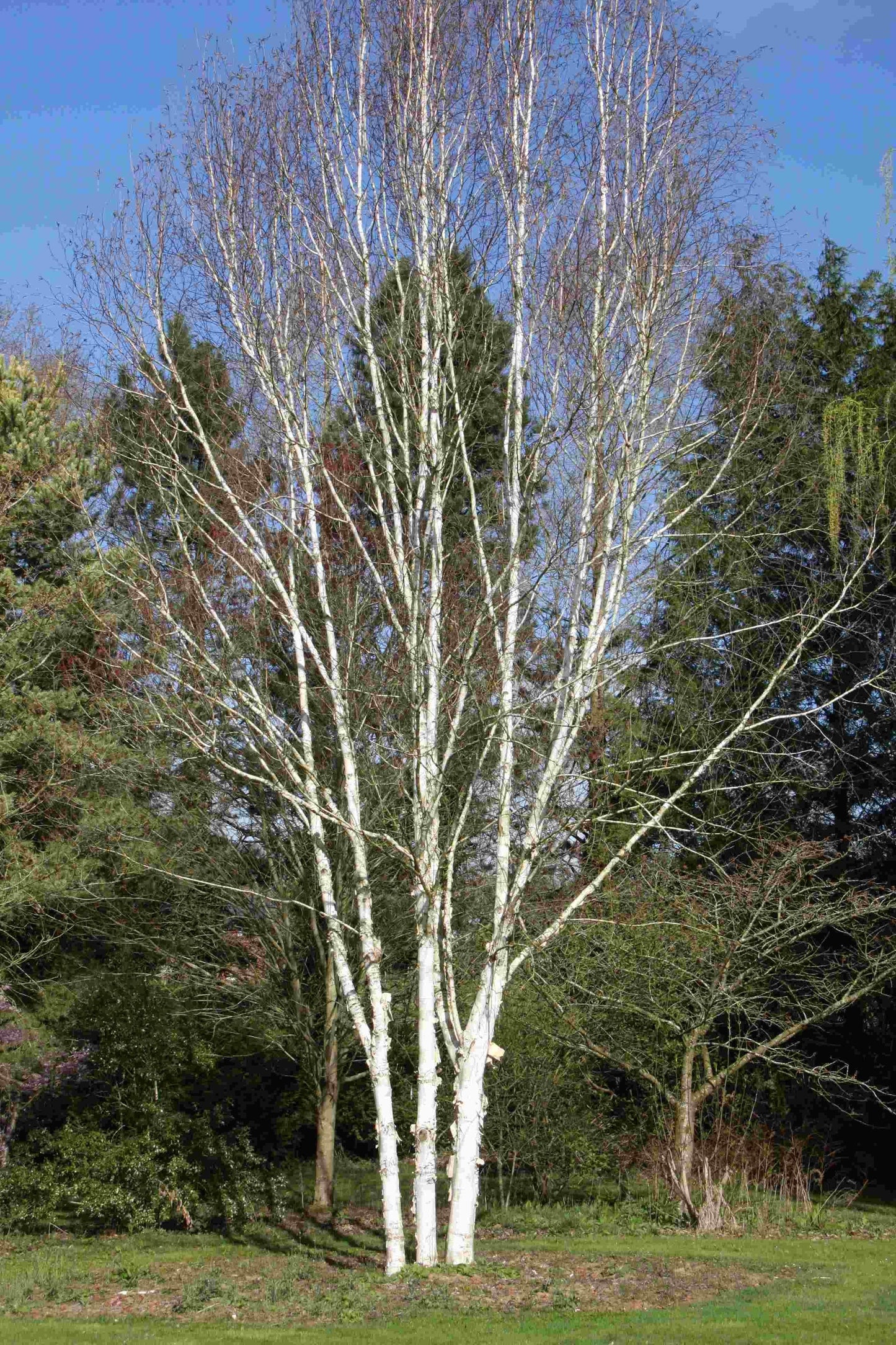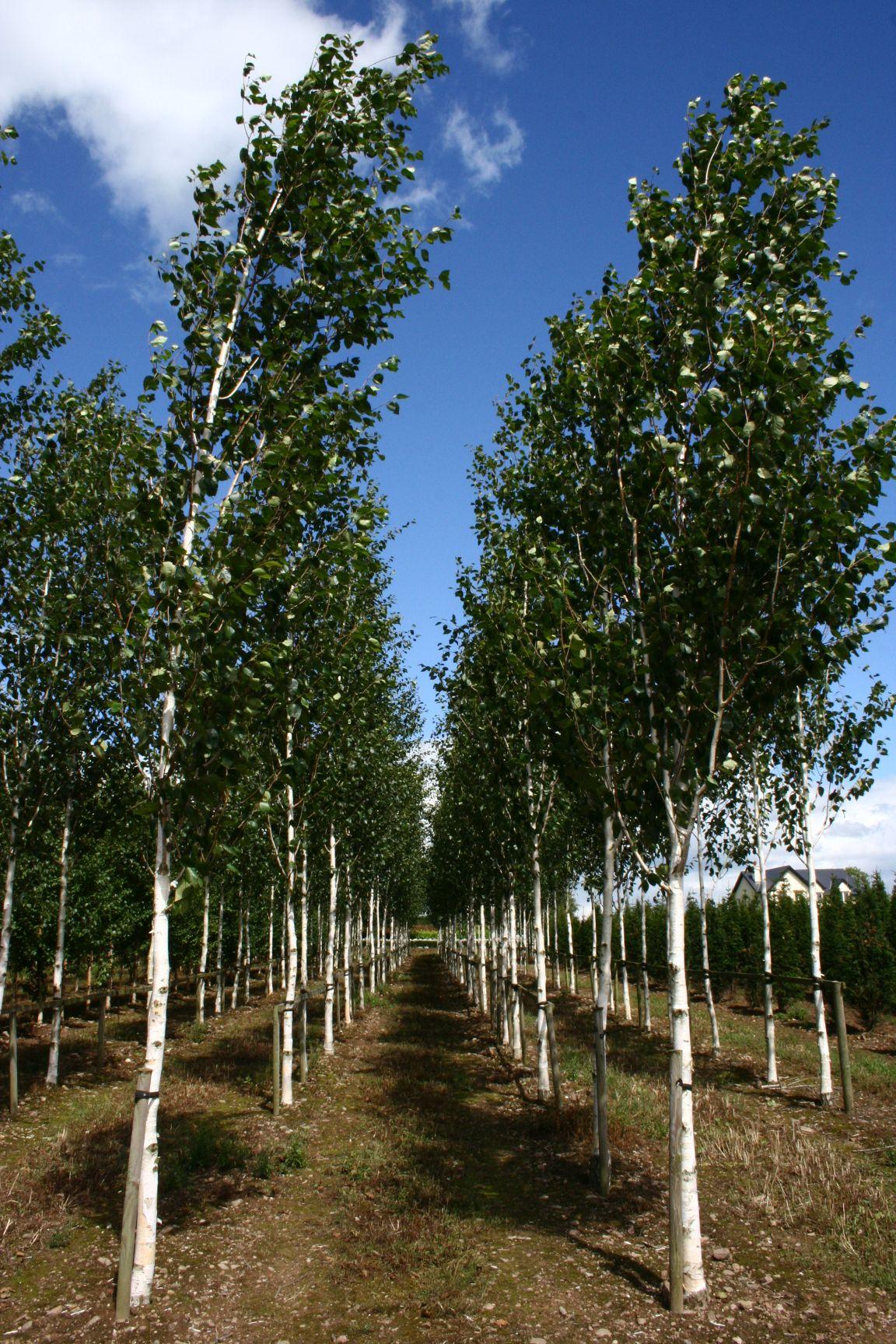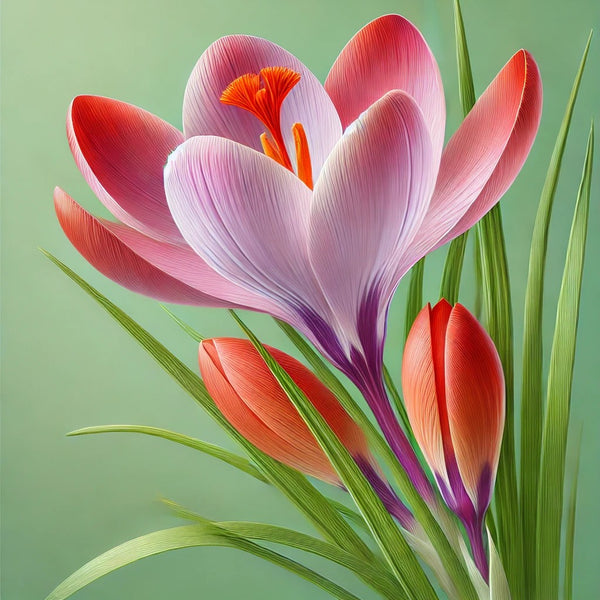1
/
of
19
Whitebarked Himalayan Birch-Multi Stem-Striking white bark and vibrant fall foliage 8/10' h B&B
Whitebarked Himalayan Birch-Multi Stem-Striking white bark and vibrant fall foliage 8/10' h B&B
Regular price
$1,420.00 USD
Regular price
$1,846.00 USD
Sale price
$1,420.00 USD
Unit price
/
per
Shipping calculated at checkout.
SKU:nto0018-redcrocus
Couldn't load pickup availability
Betula jacquemontii - Multi Stem
Description
Betula jacquemontii, commonly known as the Whitebarked Himalayan Birch, is renowned for its striking white bark and graceful, multi-stemmed form. This deciduous tree adds elegance to any landscape with its peeling bark and vibrant yellow fall foliage.
Suggested Uses
This tree is ideal for use as a specimen plant or in groupings for a naturalized look. It is perfect for adding vertical interest and texture to gardens and landscapes.
Plant Details
-
 Botanical Name: Betula jacquemontii - Multi Stem
Botanical Name: Betula jacquemontii - Multi Stem -
 Common Name: Whitebarked Himalayan Birch
Common Name: Whitebarked Himalayan Birch -
 Size & Growth: Typically grows 30-40 feet tall with a spread of 20-25 feet
Size & Growth: Typically grows 30-40 feet tall with a spread of 20-25 feet -
 Hardiness Zones: 4-7
Hardiness Zones: 4-7 -
 Foliage Type: Deciduous
Foliage Type: Deciduous -
 Bloom Time: Spring
Bloom Time: Spring -
 Growth Rate: Fast
Growth Rate: Fast -
 Light Requirements: Full sun to partial shade
Light Requirements: Full sun to partial shade -
 Attracts Pollinators: Yes, attracts bees
Attracts Pollinators: Yes, attracts bees -
 Indoor Friendly: No
Indoor Friendly: No -
 Container Friendly: No
Container Friendly: No -
 Deer Resistant: No
Deer Resistant: No -
 Pet Warning: Non-toxic to pets
Pet Warning: Non-toxic to pets -
 Fragrant: No
Fragrant: No -
 Cut Flower: No
Cut Flower: No -
 Grows Well With: Ferns, Hostas, and other shade-loving plants
Grows Well With: Ferns, Hostas, and other shade-loving plants
Care Tips
-
 Planting Instructions: Plant in well-drained soil in a location with full sun to partial shade.
Planting Instructions: Plant in well-drained soil in a location with full sun to partial shade. -
 Soil Moisture: Prefers consistently moist soil
Soil Moisture: Prefers consistently moist soil -
 Soil Type: Adaptable to a range of soil types, but thrives in loamy soil
Soil Type: Adaptable to a range of soil types, but thrives in loamy soil -
 Humidity: Tolerates average humidity levels
Humidity: Tolerates average humidity levels -
 Pruning Instructions: Prune in late winter or early spring to maintain shape and remove dead branches
Pruning Instructions: Prune in late winter or early spring to maintain shape and remove dead branches -
 Winter Care: Mulch around the base to protect roots in colder climates
Winter Care: Mulch around the base to protect roots in colder climates -
 Planting Depth: Plant at the same depth as it was in the nursery container
Planting Depth: Plant at the same depth as it was in the nursery container -
 Fertilization: Fertilize in early spring with a balanced fertilizer
Fertilization: Fertilize in early spring with a balanced fertilizer -
 Special Care: Monitor for birch borer and apply appropriate treatments if necessary
Special Care: Monitor for birch borer and apply appropriate treatments if necessary
Share

